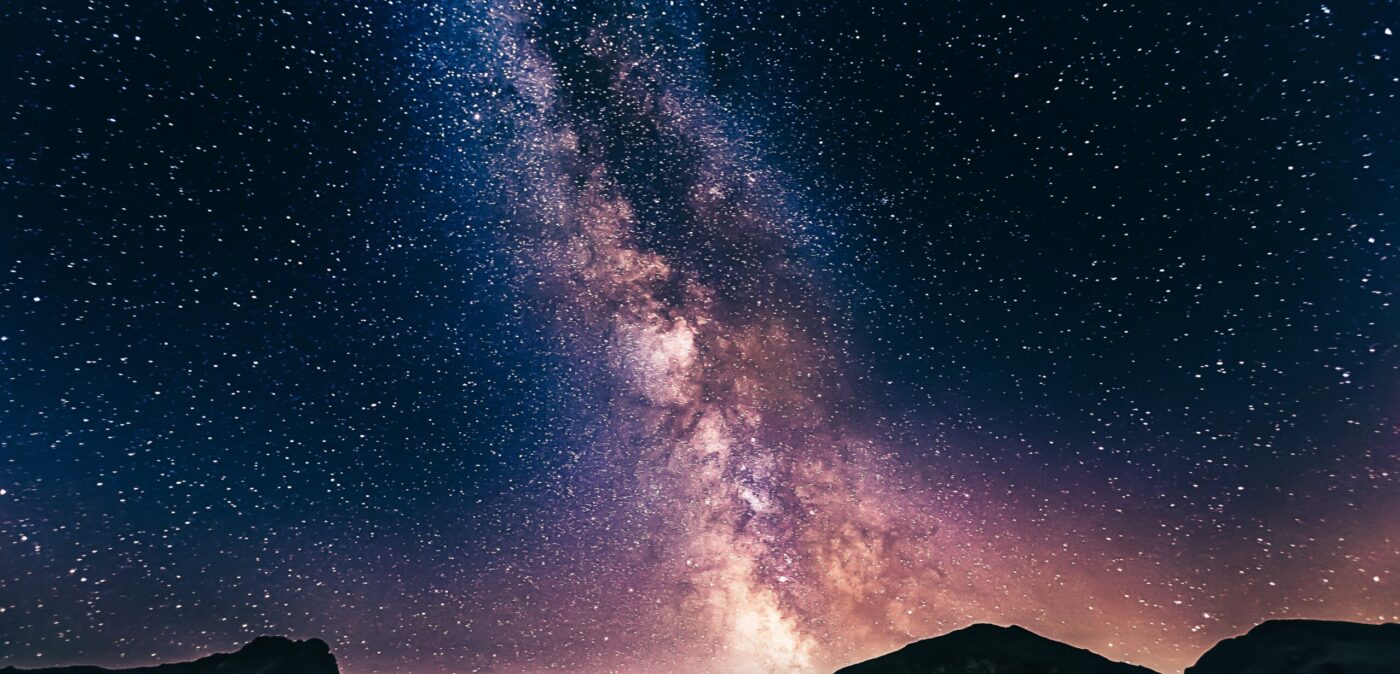
Could a Black Hole Sustain Life?
Black holes are one of the most dangerous things in the universe. Their enormous size enables them to trap light in its grasp, making it almost impossible to view directly. It’s extreme gravitational pull ensures that once something is caught, it’s never getting out. And its gravity has the ability to bend space and therefore time.
For instance, let’s say that you were falling into a black hole. According to how you view time, you would fall in within a matter of seconds. However, someone viewing you fall in would never see you reach the point of singularity (the center of the black hole). They would simply see you continue to fall but never reach the end.
Black holes are dangerous beyond comprehension and hostile things to come across. But recent studies have shown that they may actually have a softer side.
In order for life as we know it to exist, a planet needs the perfect amount of heat and liquid water. Only planets orbiting in the goldilocks zone from an energy source will be able to achieve this perfect balance. Now let’s say there was a rocky planet about the size of Earth. If it was orbiting the black hole just past the event horizon, it could achieve an orbit where it would neither fall in not be expelled outward. In this location, the planet would have achieved a balanced orbit. But we still need a way to generate heat and liquid water. Near a black hole, there is no source to provide heat, so any water that exists will be frozen solid.
The cosmos is filled with a type of radiation called Cosmic Microwave Background (CMB). Now CMB is only 3 degrees above absolute zero (0°K) making it bitterly cold. However, when it comes into contact with a black hole, its becomes blueshifted. As it reaches higher and higher energy levels, the CMB eventually gets pushed into the infrared, ultraviolet and visible light portion of the spectrum. In other words, it gains a lot heat. So the rocky planet now has the heat it needs in the form of CMB, which can then create liquid water.
If the black hole is spinning, then it can concentrate light into a narrow beam making the CMB look like a single dot in the sky – much like a sun. Since black holes distort appearances, the event horizon would appear to cover 40% of the planet’s sky. Set the planet rotating and it will now experience a constant night and day cycle.
The only problem that this situation poses is the fact that the planet would have to orbit the black hole at nearly the speed of light in order to maintain its orbit. This speed would result in time fluctuations that would make seconds on the planet equal to hours on earth. So we would be alive for a mere couple days at most on the planet before we died.
While this scenario seems like a far reach, it just goes to show how some of the most deadly things in the cosmos could be the ones that sustain us in the future.
Resources:
SPACE.COM






Tagged #cassini, #clouds, #hexagonalstorm, #magneticfield, #saturn